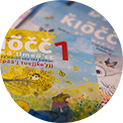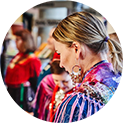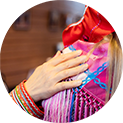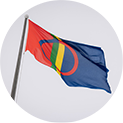Areas of Expertice

Education and Learning Material

Sámi Languages
Events and meetings
Sámi Parliament's Plenum
The Plenum represents the supreme authority of the Sámi Parliament. It meets 4-5 times per year. The Plenum decides mainly on the statements, proposals, and other comments. The meetings are open to public and can be observed in the Parliament hall or through live-stream broadcast.
Check out also
Executive Board
The Sámi Parliament appoints, from amongst its members, an Executive Board. The board includes as members the chair of the Parliament and two vice-chairs, as well as four other members. The Executive Board operates under the Plenum, and its main purpose is to be in charge of political activity and administration, and make preparations for the Plenums.
President
The Plenum of the Sámi Parliament elects a full-time president and two vice-presidents for the electoral period. The president leads the political activities of the Sámi Parliament nationally and internationally under the authority of the Plenum.
Expert Committees
The Plenum appoints four committees for its electoral period; the Livelihood and Legal Committee, the Educational Committee, the Cultural Committee and the Social Affairs and Health Committee. The Plenum also appoints the Sámi Language Council, the Youth Council and the Electoral Committee, which has a shorter term of office than the other committees.









